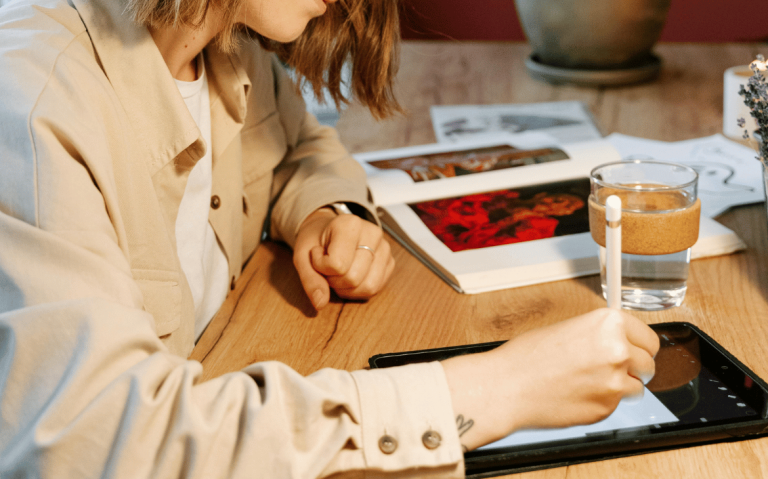In 2025, attracting users to your website or app is only half the battle — the real challenge is keeping them engaged. With endless digital options available, users leave quickly if a product fails to deliver instant value or emotional connection. That’s why user retention has become a science — one driven by psychology, behavioral design, and user experience (UX) strategy.
Designers now play a key role in crafting sticky experiences that not only look beautiful but also build habits, trust, and loyalty. This article explores how design principles and data-backed insights can help you design experiences that users love — and keep returning to.
Understanding the Psychology of Retention
User retention starts with understanding how people think, feel, and behave online. Every element of a design — from color to layout — influences user decisions.
Key psychological triggers include:
- Familiarity: People return to experiences that feel comfortable and predictable.
- Reward loops: Positive reinforcement (like success messages or progress bars) motivates continued use.
- Emotional connection: Users stay loyal to products that evoke trust and satisfaction.
- Cognitive ease: Simple, intuitive designs reduce mental effort, increasing engagement.
When users feel emotionally connected and effortlessly in control, they are far more likely to stay.
The Role of UX in Building Habit-Forming Experiences
UX design is not just about function — it’s about creating meaningful, repeatable experiences. Using frameworks like Nir Eyal’s “Hook Model”, designers can guide users through a cycle of engagement that encourages habit formation:
- Trigger: A notification, email, or action invites user interaction.
- Action: The user performs a simple, rewarding task.
- Variable reward: The outcome offers novelty or surprise, keeping users interested.
- Investment: The user contributes data, time, or personalization, deepening commitment.
Successful apps like Spotify, Duolingo, and Notion use this approach — combining usability with motivation to keep users coming back.
Design Strategies That Boost User Retention
a) Personalization and AI
AI-driven personalization tailors content, product suggestions, and user journeys to individual preferences, making experiences feel uniquely relevant.
b) Micro-Interactions
Small animations and feedback moments — like a heart filling up when a user likes a post — create emotional satisfaction and reinforce engagement.
c) Clear Onboarding Flow
A smooth, guided onboarding process helps users quickly understand value and reduces early drop-offs.
d) Consistent Visual and Brand Language
Consistency builds trust. Users associate familiarity with reliability, strengthening emotional connection.
Measuring Retention with Data
Data-driven insights are key to understanding what keeps users returning. Track metrics like:
- DAU/MAU (Daily/Monthly Active Users)
- Churn rate
- Session duration and frequency
- Customer lifetime value (CLV)
Regularly testing and iterating based on user feedback ensures the experience stays fresh, relevant, and effective.
Conclusion
In 2025, user retention isn’t just about having a great product — it’s about designing experiences that stick. By combining behavioral psychology, personalization, and data-driven UX design, businesses can transform casual visitors into long-term advocates.
Great design doesn’t just attract users — it keeps them coming back, again and again.





